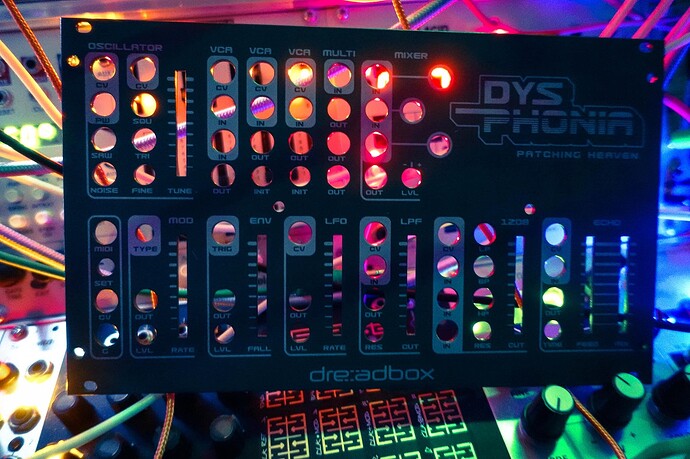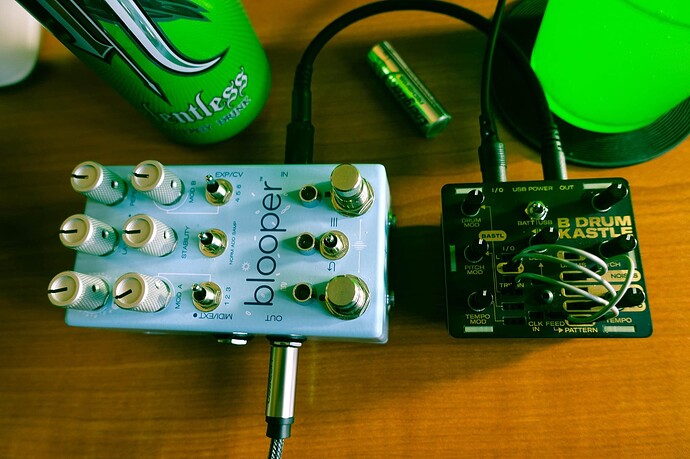It’s about balanced/unbalanced signal and impedance matching, and it really depends on what you’re hooking up.
The balanced thing mostly has to do with having the right connections, ie XLR to 1/4". There’s some electrical hoohaw that can cause quality issues converting unbalanced to balanced (noise, distortion, signal loss, ground issues) that converting at a DI gets around, but it depends on a lot of factors and isn’t an every time, ‘must use’ thing.
Impedance matching is a black hole of technical crap that you really only need to get into if you’re designing equipment or like math. The quick and dirty is that the output (the synth) and the input (the pedal) each have an impedance (read: resistance) – to use the wrong-but-handy water analogy, your cable is a garden hose, and the impedance is how big either end is (more impedance, smaller the end). At some point choking either end with too much resistance results water spraying everywhere. In audio terms, the signal is going haywire, which mostly means signal loss, or in extreme cases distortion or turning into a lowpass filter that eats your bottom end. It has to be a pretty big mismatch for that to happen. Matched impedance basically means you’ve got a garden hose big enough for the spigot and sprinkler.
Passive DI boxes act as a converter (has XLR and 1/4") and a ‘reservoir’ for your signal, smoothing out the ‘water flow’ so everything’s happy. Active DI boxes also have a preamp that allows you to mess with the signal to get the best results.
Technical crap: The standard for guitar pedals is 1M input impedance. Most passive guitar pickups are in the 5k-15k range. You’re shooting for 1/10th the input impedance or less (which results in a 1/10th signal loss). Very generally, plugging a low impedance thing into a high impedance thing is fine, the reverse is where you get problems. Most synths are going to be fairly low impedance unless they’ve got a serious output preamp. I don’t think I’ve ever run into a problem.
My experience is that 99% of DI boxes in the world get used on stage to convert 1/4" > XLR into the snake/mixer, and have nothing to do with signal quality.
Suggestion 1: use your ears. You know what the 303 sounds like direct. Plug it into the pedal and see what happens. If you’re like "wtf happened to my low end?', play with the gain and see if you can fix it. If you can’t, get a DI box. My gut (and Chase) says you’ll be fine.
Suggestion 2: if you have an extra $50, buy a used/cheap DI box. They’re handy and it doesn’t hurt to have one - stick it on things to see if it improves the signal and use it to convert inputs.

